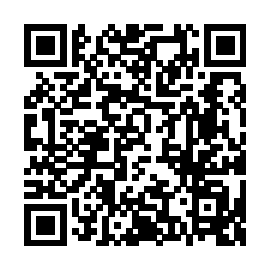学术报告:(11月29日)How Can Photoacoustic and Optical Imaging Devices Solve Biomedical Problems?
How Can Photoacoustic and Optical Imaging Devices Solve Biomedical Problems?
报告题目:How Can Photoacoustic and Optical Imaging Devices Solve Biomedical Problems?
报告时间:2018年11月29日14:30-15:30
报告地点:纳米楼会议室321
特邀专家:Terence Wong Assistant Professor香港科技大学
主持人:沈乐成副教授
专家简介:
Terence Tsz Wai Wong received his B.Eng. and M.Phil. degrees both from the University of Hong Kong in 2011 and 2013, respectively, under the supervision of Prof. Kevin K. M. Tsia. He studied in Biomedical Engineering at Washington University in St. Louis (WUSTL) and Medical Engineering at California Institute of Technology (Caltech), under the tutelage of Prof. Lihong V. Wang (member of National Academy of Engineering) for his Ph.D. degree. He is now an Assistant Professor at the Hong Kong University of Science and Technology (HKUST) under the Department of Chemical and Biological Engineering (CBE).
Terence’s research interests broadly include developing photoacoustic devices to enable label-free and high-speed histologic imaging, three-dimensional whole-organ imaging, low-cost deep tissue imaging, and implementing ultra-fast real-time spectroscopy and microscopy. His latest research in realizing label-free multilayered histology was highly and widely publicized on both campuses (WUSTL and Caltech) and in the public media worldwide. His previous research in ultrafast optofluidic imaging technology, named “ATOM”, was also widely covered by local media and scientific magazines. Terence is an author or co-author of over 40 publications in peer-reviewed journals (including Nature Methods, Nature Communications and Science Advances), conference papers, and book chapters, and has one patent pending.
报告摘要:
Increasingly, image guidance is needed to improve the adjuvant treatment of diseases. For instance, in breast-conserving surgery (BCS), no current intraoperative tools can analyze an entire lumpectomy specimen with high accuracy, causing over 20% of patients to undergo second surgeries to achieve clear margins. In this talk, I will first introduce our photoacoustic (PA) imaging device for achieving fast, label-free, multilayered, and histology-like imaging of unprocessed human breast cancer. This PA device is a promising intraoperative tool for BCS, potentially decreasing both health care costs and the risk of complications. With the integration of a microtome, this PA device has also been applied to whole organ imaging, providing a better understanding of disease induced structural changes with histopathological imaging contrast. Moreover, in recent efforts, a low-cost PA device has been implemented for deep tissue imaging, which can be used for imaging breast or skin melanoma noninvasively. In addition, I will briefly talk about our novel high-throughput imaging device for rare cancer cell detection. This device, named asymmetric-detection time-stretch optical microscopy (ATOM), performs high-throughput flow cytometry imaging. Finally, I will conclude my talk with current research and future directions.

